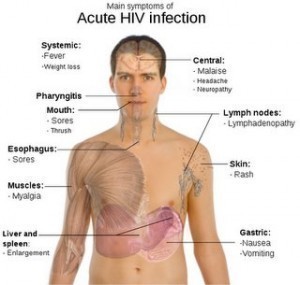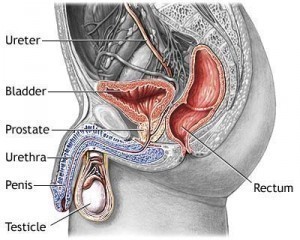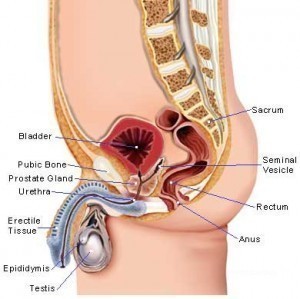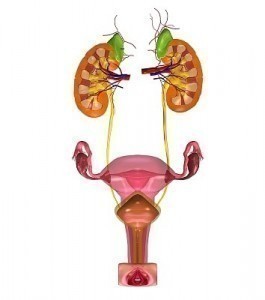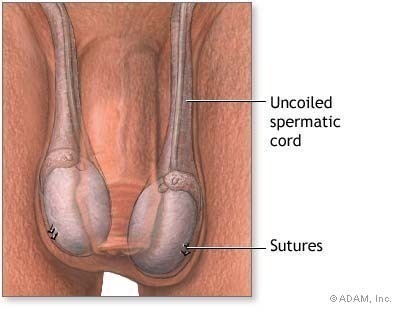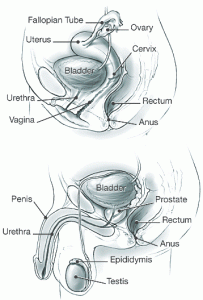HIV Symptoms
HIV, which stands for human immunodeficiency virus, is a lentivirus that can lead to acquired immunodeficiency syndrome, which is more popularly called AIDS. This type of infection can be transferred through a variety of ways including breast milk intake, contaminated needles and unsafe sex. Although people cannot acquire this severe disease thru ordinary contact, it is good to know the different important aspects that pertain to this chronic medical condition including the major and minor HIV symptoms, diagnosis as well as treatment.
Signs of HIV
The symptoms of this disease vary, depending on the specific phase of this medical condition. Early on, patients cannot feel any signs. After a couple of weeks, they will start to feel a mild case of flu-like disease. During the early stages, minor symptoms include swollen lymph glands, sore throat and fever. Furthermore, they are also expected to have rashes and headache. Although the symptoms are yet to be seen, the virus can already be transmitted to other people.
Eight to nine years after acquiring the infection, patients may still show no signs of this dreaded disease. By this time, they are expected to feel chronic symptoms and mild infections. This later phase of the illness is marked by shortness of breath, cough and fever. More so, patients can experience noticeable weight loss, diarrhea and swollen lymph nodes.
Approximately 10 long years after acquiring the disease, patients will enter the latest phase of infection. Here, the infection shows different types of major symptoms. It is in this final stage where the once HIV-infection will blossom into full-blown AIDS, especially when left untreated since acquiring the severe illness. Blurred vision, persistent white spots inside the mouth and soaking night sweats clearly indicate AIDS. Other major signs of this severe medical problem include weight loss, headaches and fever with a body temperature of no lower than 100 degrees Fahrenheit.
HIV Diagnosis
It usually takes more than just the usual diagnostic procedures and methods to come up with a highly accurate diagnosis of HIV. One of the proven ways that medical experts can use to determine the causes, stages and symptoms of this severe medical condition is the enzyme-linked immunosorbent assay or ELISA. Paired with this method is the Western blot test, which is used to confirm the findings of the ELISA. Unlike before, there are many rapid tests available today that can help identify and diagnose the presence of this disease. Moreover, the United States Food and Drug Administration approved the so-called Home Access HIV-1, which is especially designed for home use.
HIV Treatment
When suffering from HIV, patients need to take different kinds of serious anti-retroviral medications. All in all, there are seven types available including non-nucleoside reverse transcriptase inhibitors, protease inhibitors and nucleoside analogue reverse transcriptase inhibitors. The other four types are the chemokine co-receptor inhibitors, integrase inhibitors, fusion inhibitors as well as nucleotide reverse transcriptase inhibitors.
